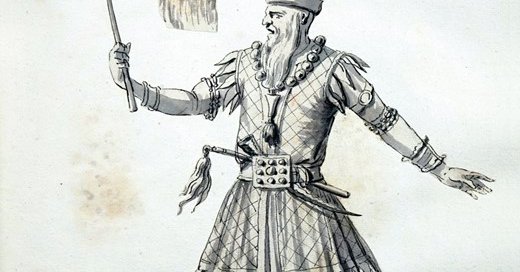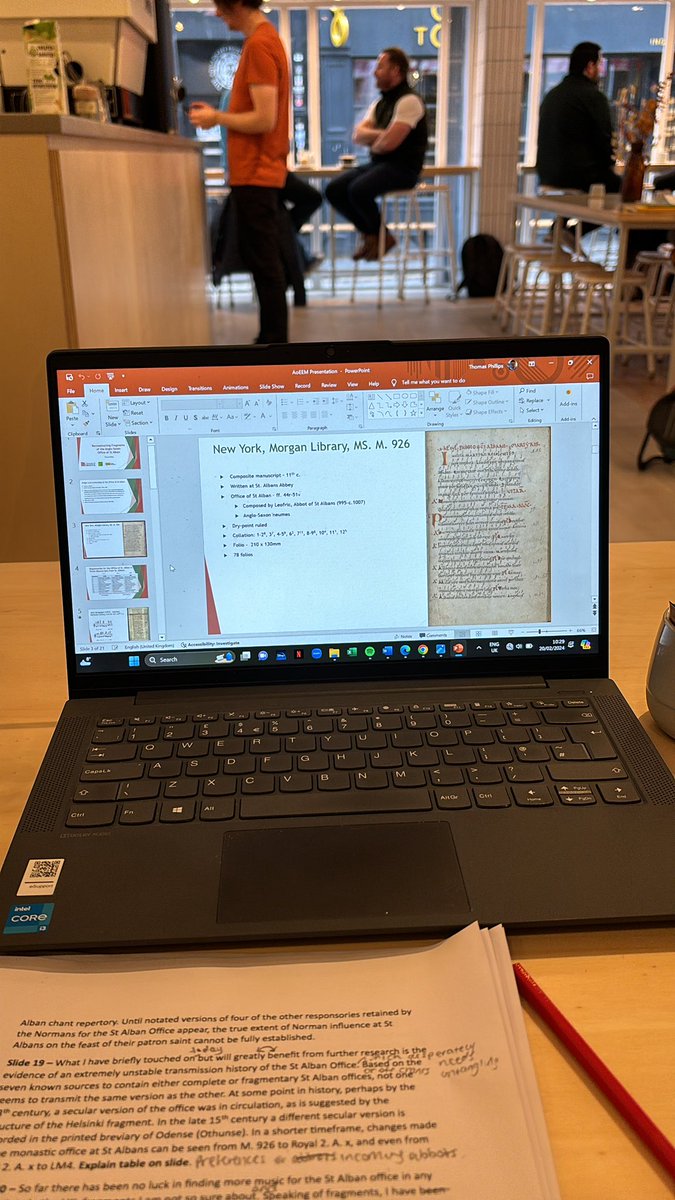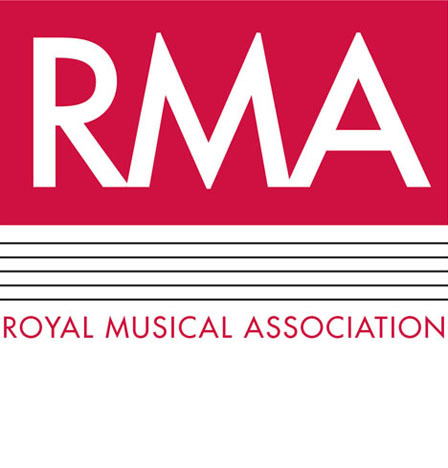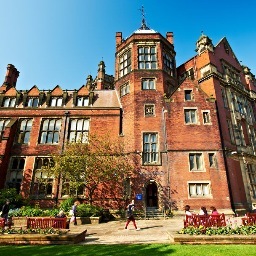
Michael Winter
@MichaelWinter99
Followers
125
Following
1K
Media
25
Statuses
198
PhD student at @NclUniMusic . Studying 15th and 16th Century English choral music, reconstruction, and fragmentary music manuscripts
Joined May 2012
RT @MedRen2025: MedRen2025 CfPs is now live!. We particularly welcome proposals on the following: . the idea of the north; borders and migr….
medren2025.co.uk
From 30 June to 4 July 2025, the universities of Newcastle, Durham, and Northumbria will host the annual Medieval and Renaissance Music Conference. We warmly welcome proposals from across the entire...
0
1
0
It was wonderful to be able to welcome PGRs working on Early English Music to @NclUniMusic back in February. I'm grateful to Erik for his write-up below:. Aspects of early English music
academic.oup.com
Inviting postgraduate students working on English medieval and Renaissance music to Newcastle University proved to be a very good recipe to counter the ble
0
2
6
RT @MedRen2025: We have had an amazing time at @MedRen2024 in Granada!. We look forward to welcoming you all 30 June - 4 July, 2025!! https….
0
1
0
RT @royalmusical: Are you a research student? Organising a study day is an excellent way to bring together academics who share your researc….
0
7
0
One week left to submit proposals. Do get in touch if any Qs!.
0
0
2
0
0
1
CfPs for this PGR symposium is now open. Please do get in touch with any questions! 🎵🎵.
docs.google.com
Aspects of Early English Music: PGR Symposium, 20-21 February 2024, Newcastle University, Keeton Lomas Lecture Theatre Please fill out the following form to submit a proposal for this event and/or to...
On 20-21 Feb 24, #ICMUS will host a two-day in-person academic symposium for PGRs working on Medieval and Renaissance English Music. The symposium will also host Dr Kerry McCarthy on 21 Feb at the ICMuS Research Seminar. For more info, see email contact in image
1
4
7
Look forward to hosting this in the Spring! Do get in touch if you are interested!.
On 20-21 Feb 24, #ICMUS will host a two-day in-person academic symposium for PGRs working on Medieval and Renaissance English Music. The symposium will also host Dr Kerry McCarthy on 21 Feb at the ICMuS Research Seminar. For more info, see email contact in image
0
0
2
RT @EnsembleEPV: Join us and Professor Magnus Williamson at 3pm 4th Sept for a lecture-recital of our new @delphianrecords album:. 🥀 Tudo….
0
9
0
And here is how it sounds (warts and all) It's a little quick as I had to keep the length under twitter's time limit. Please excuse the midi sounds.
6
3
29
Transcription wise, the clefs are not visible but F5, C4, G3(?), C2 seem the most likely. The original piece of paper has been cropped for binding so not all the original music is visible. Nevertheless, it is still possible to transcribe. (9/10).
1
0
3
The piece in the fragment shares some similarities to the Fayrfax (both are notated down a third, and the tenor is occassion treated in the same way). F's setting may have circulated in educational contexts - this fragment may be one student's excersise based on Fayrfax. (8/10).
1
0
2
There is a tradition of using 'O Lux beata' as an education excersise (e.g. settings by Baldwin and Preston in RM.24.d.2, Redford in BL 30513). Similar traditions exist also around the antiphon Miserere and the 'In Nomine tradition'. (7/10).
1
0
4
The piece looks like a mensural excersise (playing about with time values), probably not conceived as a liturgical setting (the 6-line stave is more typical of instrument music). What is also interesting is the crossings out. possibly a compositional sketch - a student's? (6/10)
1
0
4
On the back of the fragment we find the text 'O lux Fayrefax'. This quickly elludes to a piece by Robert Fayrfax 'O Lux Beata' found in BL MS 4911 (f. 103v). These are not the same pieces of music - there is much more going on in the fragment. (5/10)
1
0
3
@Wilus1969's picture of the watermark, and his measurement of c. 83mm, point towards Briquet 11363 - we can therefore date the paper to the 1550s. It must therefore have been hanging around before being being incorporation into late-17thC binding. (4/10)
1
0
5
Marks on the back suggest the fragment was used as binder's waste. The current binding is English and not earlier than the late 17th Century. The book has been in the library since 1715 - it was part of the collection of Bish John Moore of Ely. (thx to @Wilus1969 for this) (3/10).
1
0
5











